Could recognising other whisky regions alongside names such as the Highlands, Lowlands, and Speyside give fledgling distilleries a marketing boost? Peter Ranscombe takes a look.
Open up most drink books or click on most booze websites and they’ll tell you Scotland has five whisky “regions” – the Highlands, Lowlands, Speyside, Islay and Campbeltown.
That’s not entirely true though; the legislation – or the Scotch Whisky Regulations 2009 to give it its Sunday title – defines Campbeltown and Islay as “localities,” while the remaining three areas form the “regions.”
It may sound like the most mind-numbingly dull piece of minutiae, but it illustrates the level of detail involved in the legislation.
There is another layer of complexity too; beyond the 2009 regulations, there is also a “product specification” for whisky, which is used by the UK Government and European Commission to support Scotch’s “geographical indication” (GI).
GI status to give protection
That GI status is the tool that gives our national drink its protection, meaning a distillery in England, Ireland, Wales or further afield can’t pass off fake whisky as “Scotch”.
“That doesn’t mean you can’t use other geographical regional names to label your Scotch whisky,” explained Alan Park, director of legal affairs at the Scotch Whisky Association (SWA) trade body.
He added: “For example, if your single malt Scotch whisky comes from Fife, then you can call it ‘Fife single malt Scotch whisky,’ or if it comes from Orkney, then you could call it ‘Orkney single malt Scotch whisky,’ or ‘Galloway single malt Scotch whisky’ if it’s made in Galloway.”
These rules have become even more relevant as more and more entrepreneurs enter the drink industry.
The number of whisky distilleries in Scotland has grown from 117 in 2015 to 140 today, with many of them sprouting up on the islands.
Does that mean it’s time to protect those fledgling distilleries in the Inner and Outer Hebrides with an “islands” region?
“‘Islands’ is a separate issue because it’s not a geographically specific regional place name,” said Mr Park.
“What the Scotch Whisky Regulations say is that you can add a regional name to a single malt Scotch whisky if it has been distilled in that geographically specific region – one of the protected regions or another geographical region that can be easily defined.”
Idea of ‘Hebridean’ designation appears to have legs
While “islands” is too vague geographically to be allowed on labels or to receive protection, despite it now appearing on many menus in whisky bars and signs on shop shelves, the idea of a “Hebridean” designation appears to have more legs in the longer term.
“You have to prove the name that needs special protection has characteristics associated with that region, as well as a reputation,” Mr Park pointed out, adding: “That reputation and those characteristics build up over time.”
While the whisky giants who own the long-established island distilleries remained silent when questioned on the issue of protecting other regions, with some declining to answer and others simply not replying, the idea of a “Hebridean” classification is very popular among both smaller distilleries and entrepreneurs opening sites.
Five island distilleries – Harris, Jura, Raasay, Talisker and Torabhaig – have already begun cementing a regional reputation with the launch in 2018 of the Hebridean Whisky Trail.
Simon Erlanger, managing director at Isle of Harris Distillers, said: “Way back at the beginning, when we conceived of the idea of building a distillery on Harris, one of the things we said to prospective investors was that if we got this right and established a reputation, why would there not be the potential of turning the Hebrides or Outer Hebrides into a distinctive whisky region?
“That’s always been something at the back of our minds as a long-term vision, and we’ve touched on it once or twice with the SWA, which has – quite rightly – responded by saying the region needs to develop a reputation for making whisky as a distinct area.”
Across the Minch, Isle of Raasay Distillery already labels its spirit as “Hebridean single malt Scotch whisky”.
Alasdair Day, co-founder and master distiller at Raasay, which lies off the coast of Skye, said: “We had discussions very early on with the SWA and that’s where the word ‘Hebridean’ came from.
“We were already talking about being a ‘windswept, Hebridean island’ and they quite liked that idea.”
Back in the Western Isles, Kate and Jonny Ingledew launched North Uist distillery in 2019 and have already enjoyed success with their Downpour gin.
They bought Nunton Steadings on Benbecula last year to house their whisky distillery and in September appointed head distiller Jacob Crisp, who joined from Dornoch distillery.
A region specific to the Hebrides or just the West Highlands would definitely be valuable to the distilleries.”
North Uist head distiller Jacob Crisp.
“The current Highland style that encompasses all the islands and all the Highland distilleries maybe needs a little bit of updating,” Mr Crisp suggested.
He added: “A region specific to the Hebrides or just the West Highlands would definitely be valuable to the distilleries.”
Mr Ingledew said: “To a certain degree there’s been a bit of a blurring of the lines between regional styles, so I think the Hebrides region would need to find its own voice.
“But, just in terms of promoting and raising awareness for different regions, I think it would certainly work well in that respect.”
Michael Morrison, founder of Isle of Barra Distillers, said: “With forthcoming whisky in a number of distilleries in the Outer Hebrides, it would be worthwhile and beneficial to all parties involved to have the islands recognised for whisky distilling.”
Outside the Hebrides, the idea of protecting more regions is gathering momentum.
Jaclyn McKie, marketing manager at Isle of Arran Distillers, which owns the Lochranza and new Lagg distilleries on the island, said: “There’s certainly a conversation to be had around it.”
It may take time for the Hebrides or other regions to join Campbeltown, Highland, Islay, Lowland, and Speyside in receiving special protection.
But if there is one thing whisky distillers are known for, it is their patience.
After all, those same rules that provide that valuable protection also mean a spirit has to age for at least three years before it transforms into Scotch – and most are much older before an age statement appears on the label.
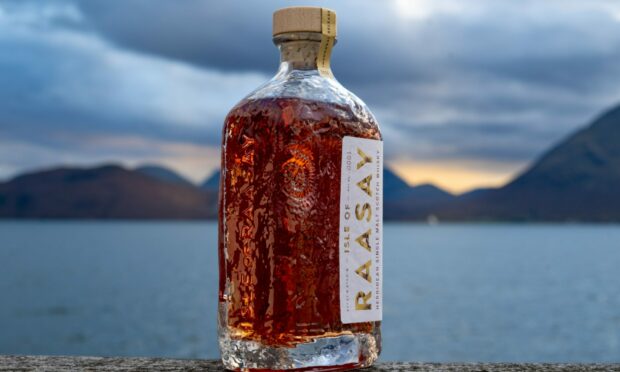
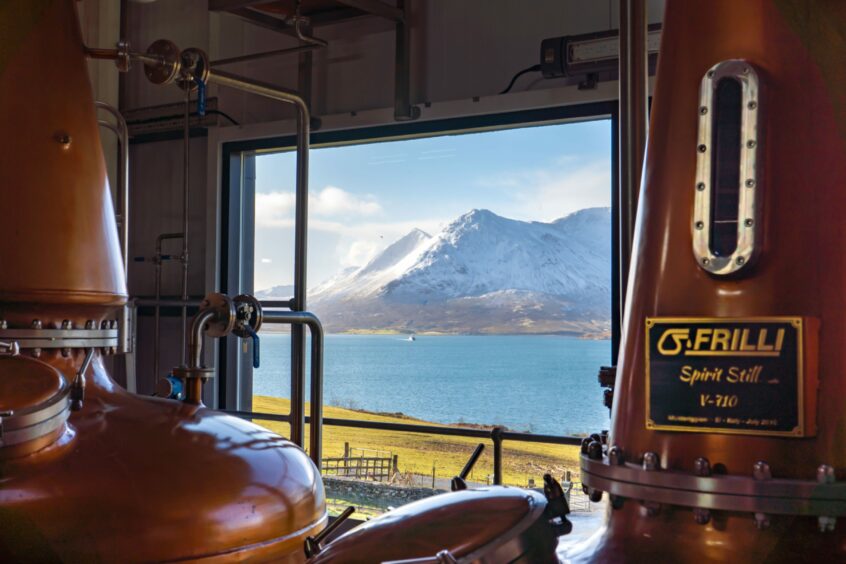
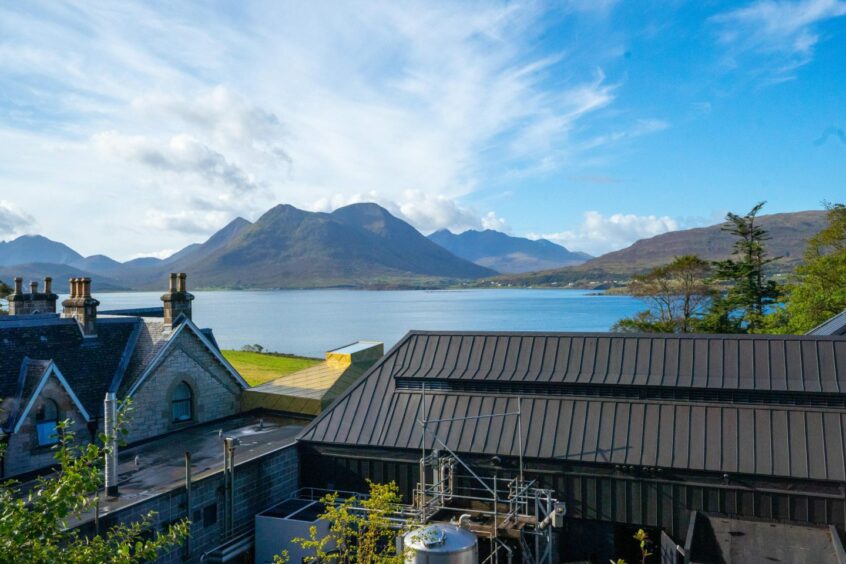
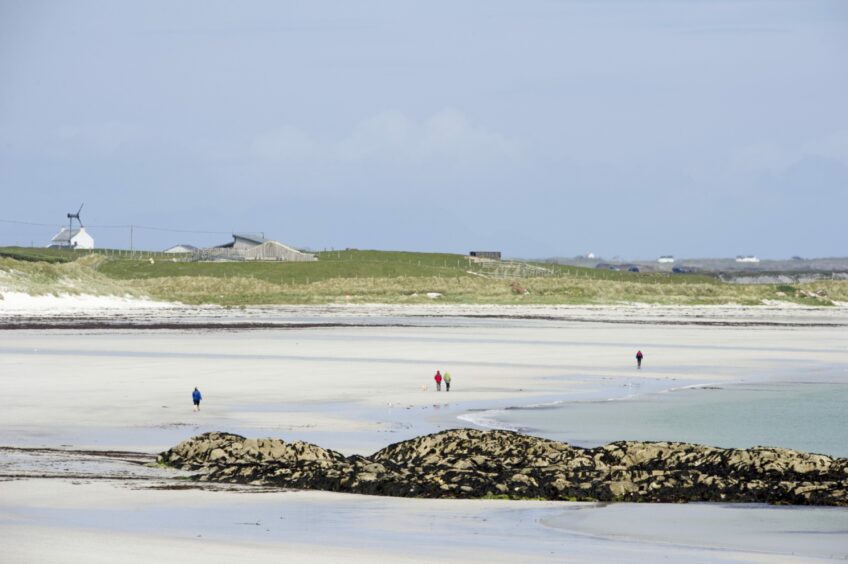
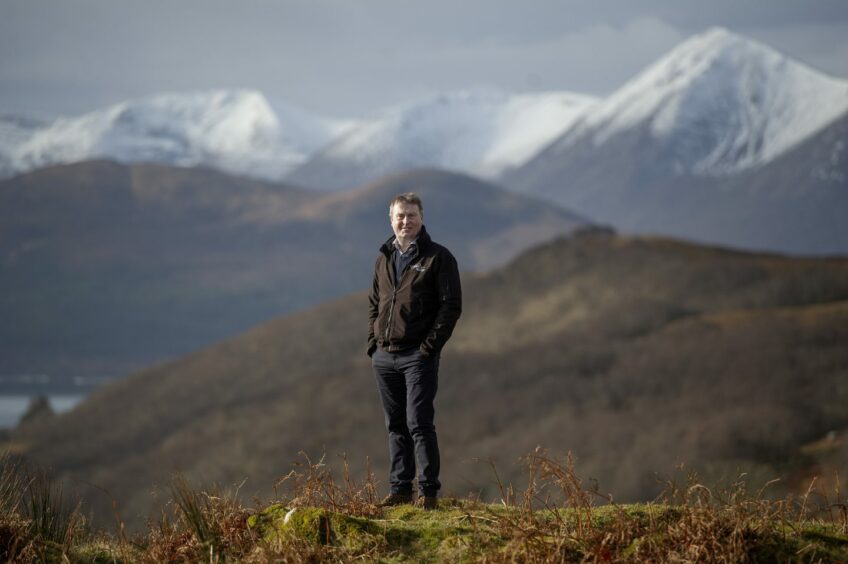
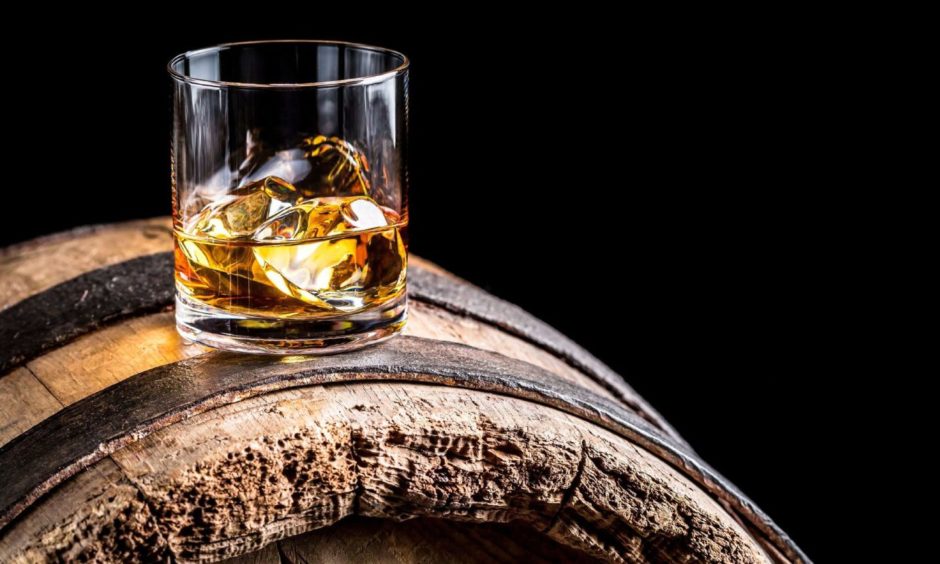
Conversation